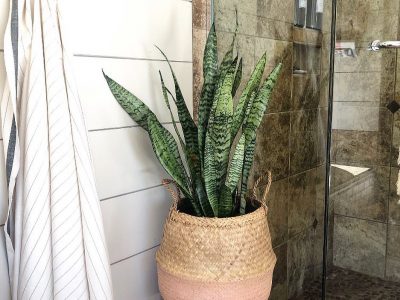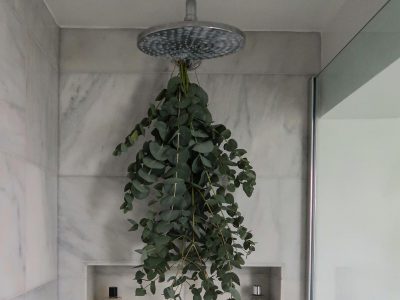Air purifiers are an excellent way to improve air quality in your home or office. They can reduce the allergens, dust, smoke, and other pollutants you may be exposed to daily. By reducing the number of airborne contaminants, air purifiers can help people with allergies and asthma breathe easier and enjoy better health.
Air purifiers come in many sizes and styles. They range from straightforward models to more advanced ones with several features that allow them to trap smaller particles or provide additional filtering power. When choosing an air purifier, it is essential to consider the size of your space and what types of particulates need to be filtered out.
The most common type of air purifier uses a mechanical filter to trap particles such as dust, pollen, and smoke. The filters need to be changed regularly for the cleaner to remain effective. Electronic air purifiers are becoming more popular, and they use a combination of electrical charges and filters to remove airborne pollutants. They may also use UV light or ozone generators, which kill germs and bacteria that could otherwise cause health problems.
Air quality can also be improved by changing your home or office environment, such as removing carpets and curtains, using allergen-proof bedding, regularly cleaning, not smoking indoors, and using HEPA (High-Efficiency Particulate Air) filters for heating, ventilation, and cooling systems.
Good indoor air quality has many benefits, including improved sleep quality, increased energy levels, and relief from allergies and asthma. People with respiratory problems may be able to reduce medication when they have a high-quality air purifier in their homes.
Choosing the best-performing air purifier for your home or office
Several factors must be considered when choosing an air purifier for your home or office. First and foremost, you should determine the size of your space and the type of contaminants that need to be filtered out. Some air purifiers have special features such as HEPA filters that remove ultrafine particles or activated carbon filters that reduce odors caused by volatile organic compounds (VOCs).
It is also beneficial to look at the CADR rating of your chosen filtration system. The Clean Air Delivery Rate (CADR) measures how well a system can filter certain airborne pollutants in a given area, such as smoke, dust, pollen, and viruses. The higher the CADR rating, the better the system can clean your home or office air.
It is also essential to consider the noise level of an air purifier before making a decision. While some machines produce minimal noise when running, others can be loud and bothersome if placed in high-traffic areas such as living rooms or bedrooms. Many devices offer adjustable speed settings so you can customize their sound levels accordingly.
Finally, considering energy efficiency when choosing an air purifier is essential. Make sure you choose one with low energy consumption since this will help save money on electricity bills over time. Additionally, many models come with automatic shut-off settings that let them go into standby mode when not in use, which helps conserve even more energy. To learn more about the best air purifiers for your home or office, go to theozonehole.com.
How to maintain your new air purifier
Maintaining your air purifier is essential to keeping it running at peak performance. Ensure your device has a long lifespan by regularly cleaning and maintaining it. Here are some excellent tips for how to get the most out of your home or office air purifier:
Change the filters regularly
Filters should be changed every three months or as the manufacturer recommends, which will help reduce allergens and air pollutants, improving your overall health and breathing experience.
Clean the fan blades
Dust particles can accumulate on the fan’s blades, decreasing its efficiency over time. Remove all dirt and debris with a brush or cloth to keep it running at maximum performance.
Check for clogs and blockages
Over time, dust and other particles can build up in your air purifier and cause a clog or blockage. Regularly inspect the device to ensure no areas need to be cleaned or replaced.
Wipe down surfaces
Use a damp cloth and wipe down any exposed surfaces on your air cleaner, such as buttons or knobs, which helps keep dust from accumulating over time and keeps it looking clean.
Follow the maintenance schedule
Every air purifier has specific instructions regarding when certain parts need to be changed or serviced, so follow those instructions closely for optimal performance.
By following these tips, you’ll get more use out of your air purifier while maintaining healthy indoor air quality for yourself and your family. Regular maintenance also ensures that it will last longer and perform better over time, so you won’t have to replace it as often.
The final word
While an air purifier won’t solve all the problems associated with poor indoor air quality, it is certainly one step towards improving your health and well-being. Investing in a good quality air purifier is an investment in your health. It can help you breathe easier, knowing you are doing everything possible to improve your indoor environment. By reducing airborne pollutants, you can ensure that you and your family breathe clean, healthy air daily.



















